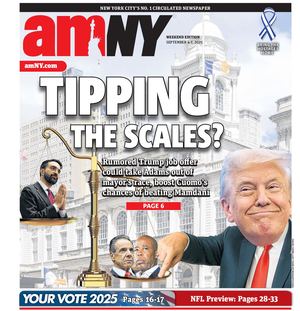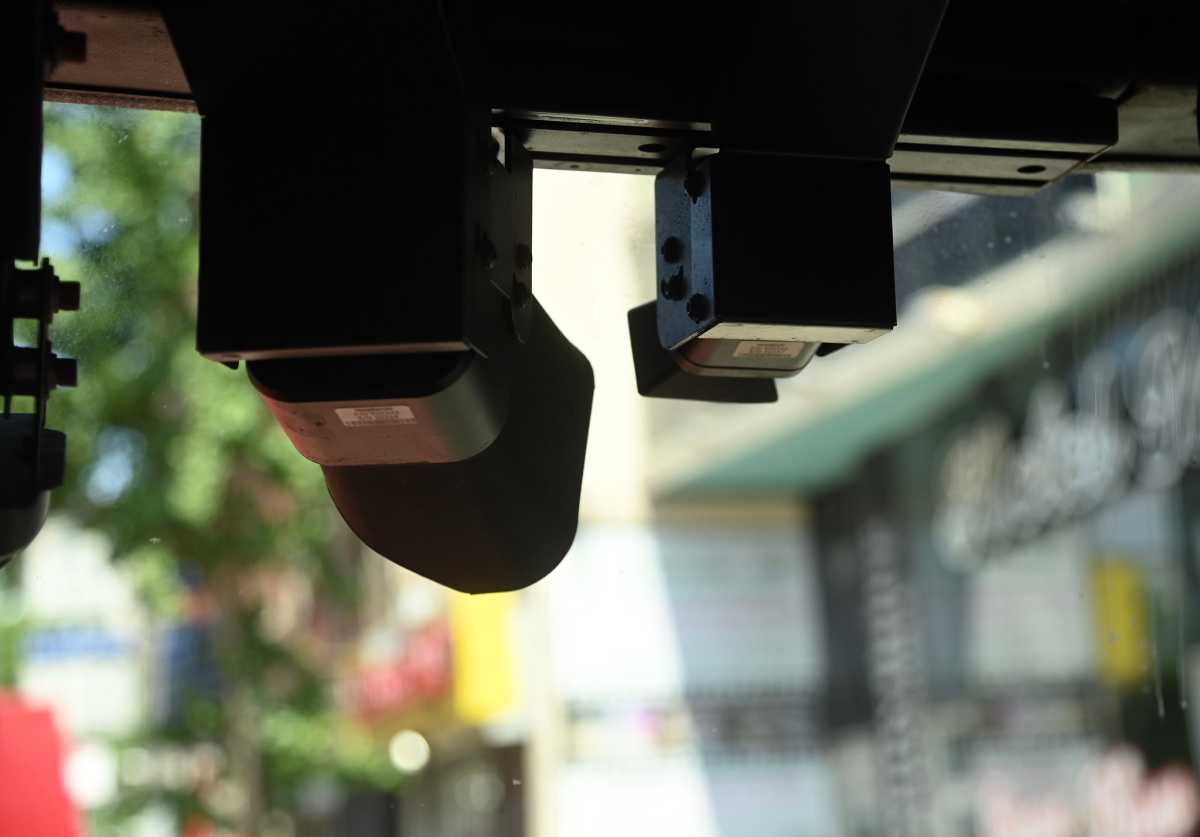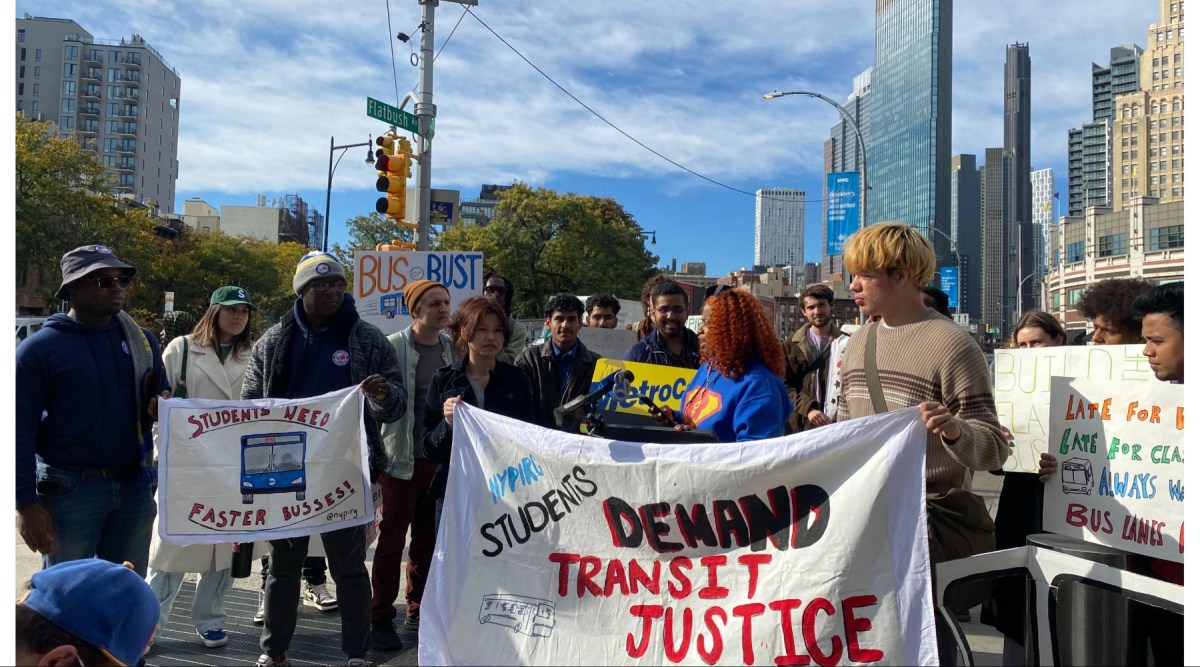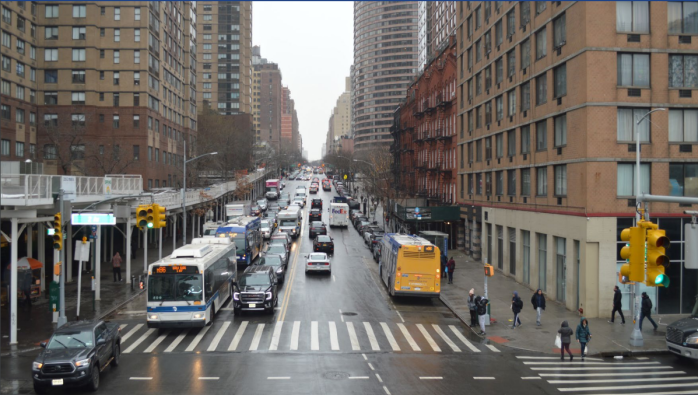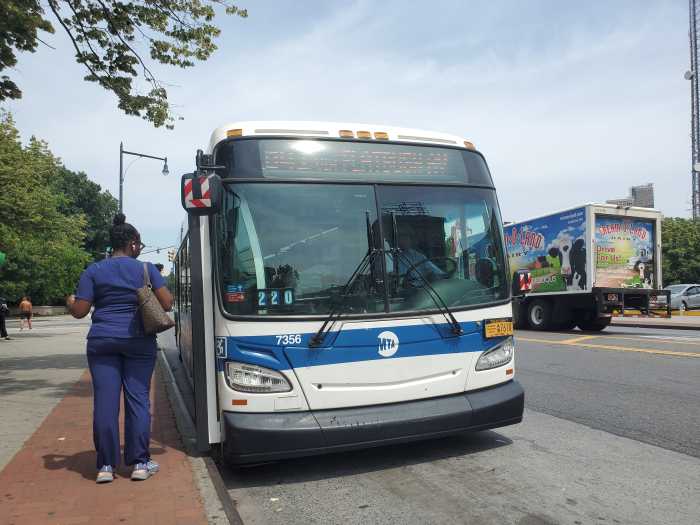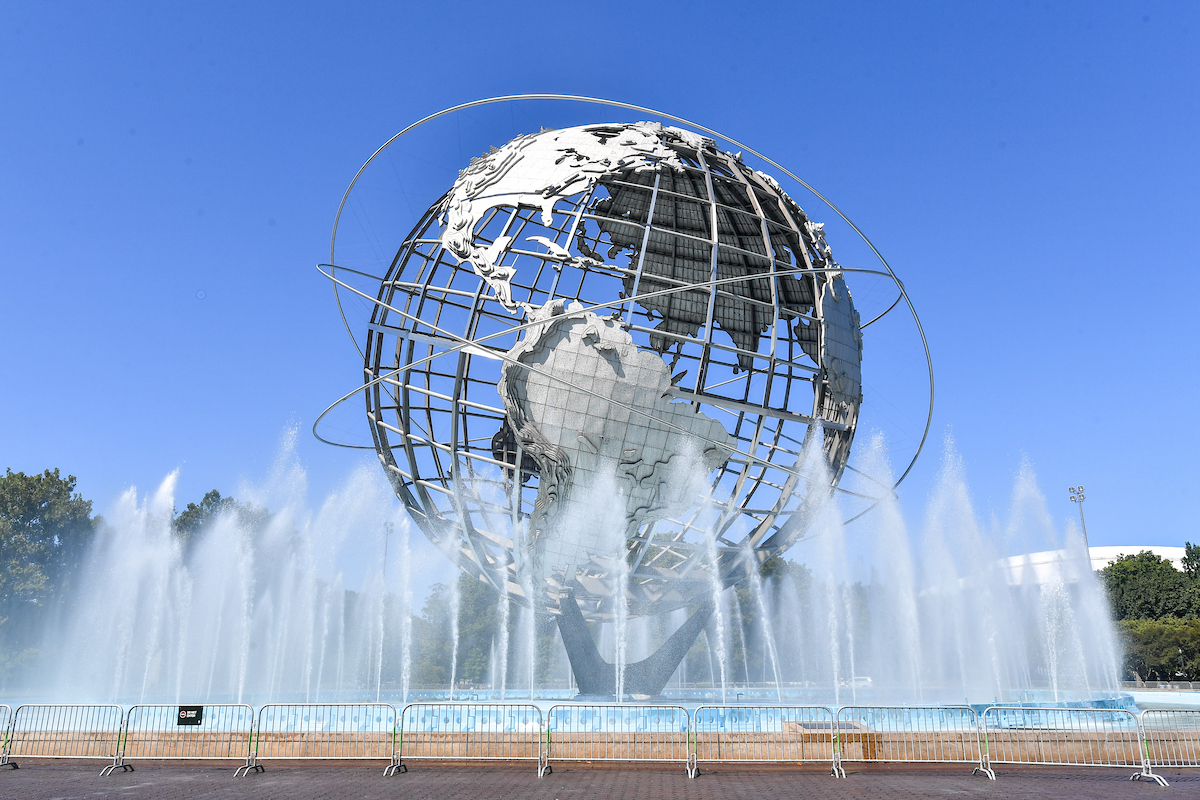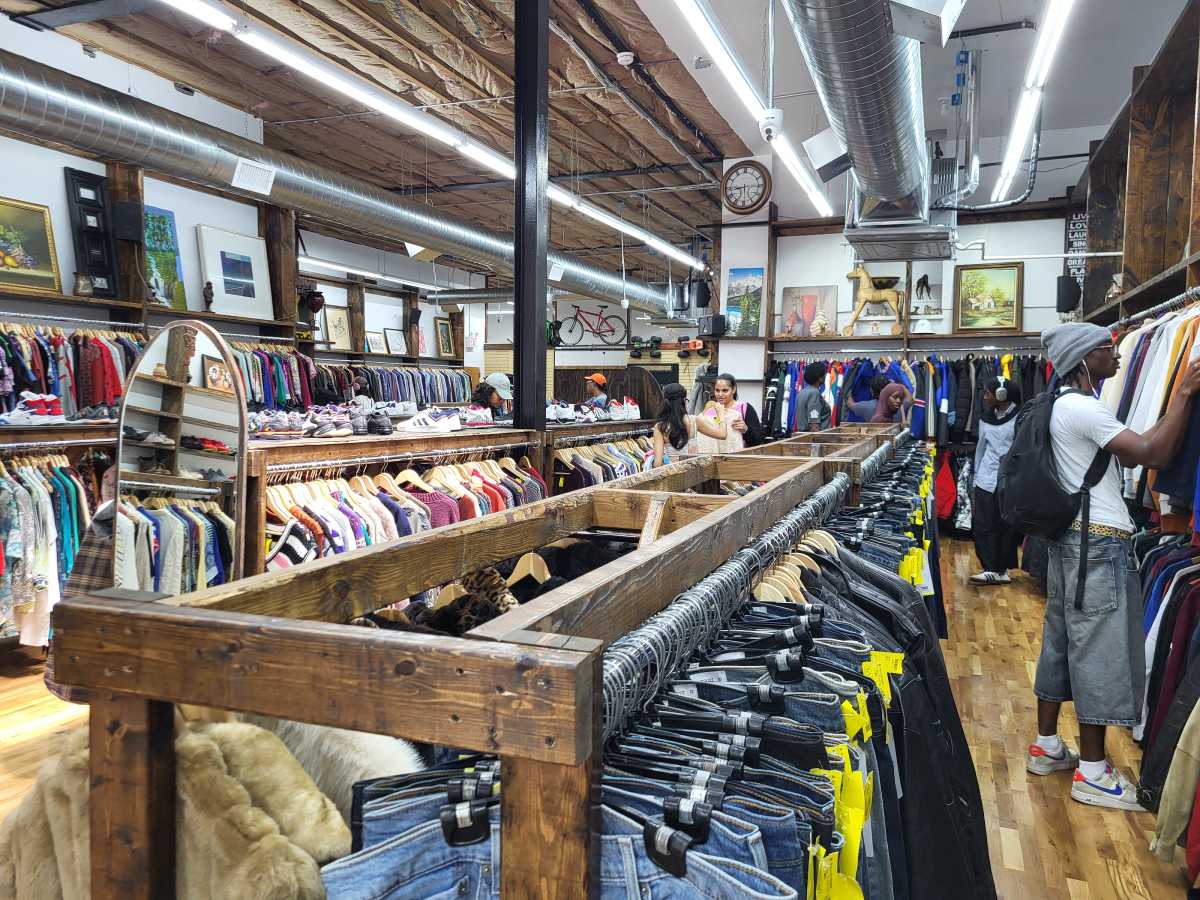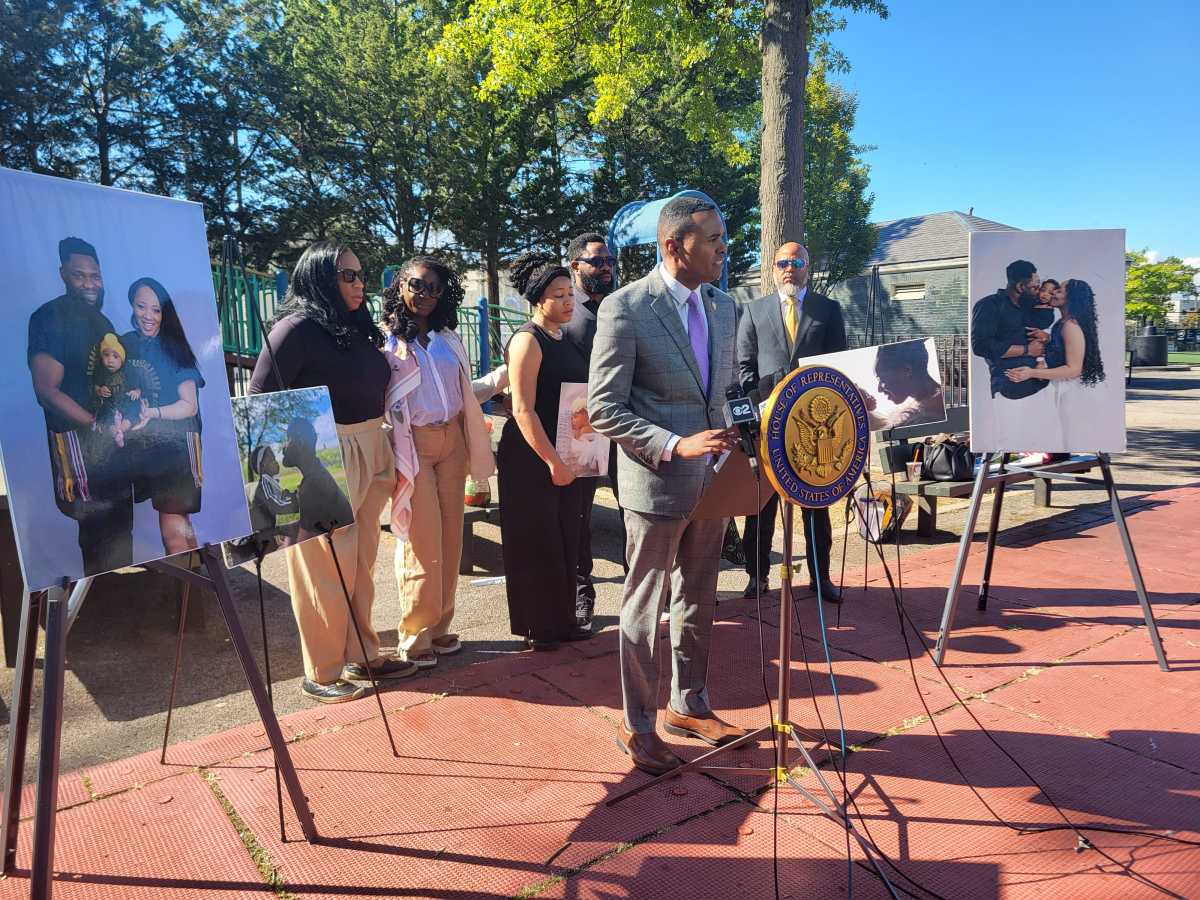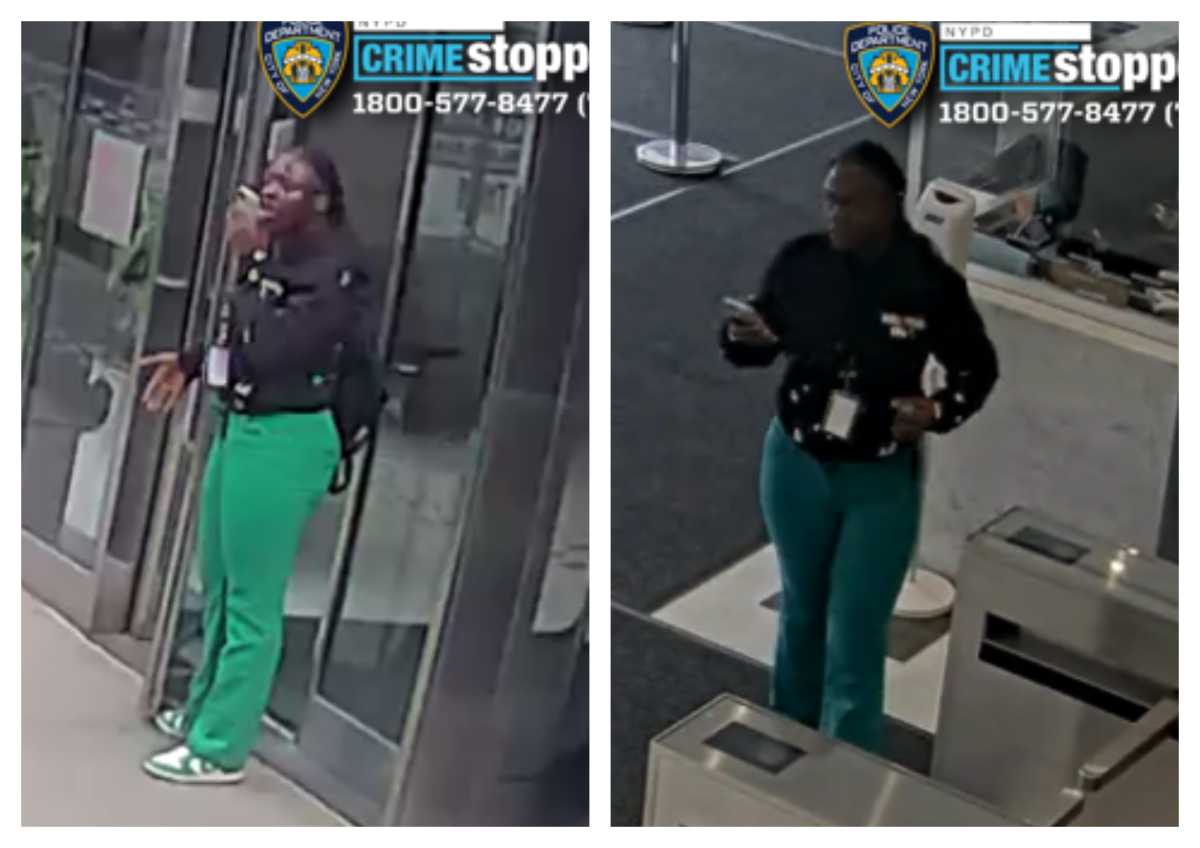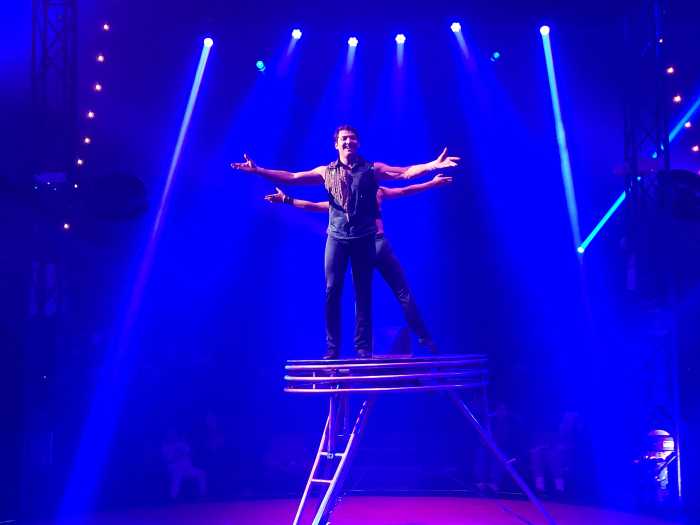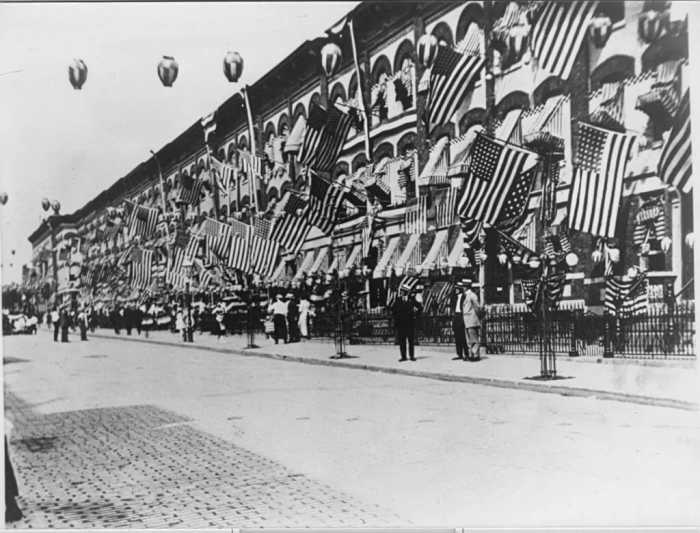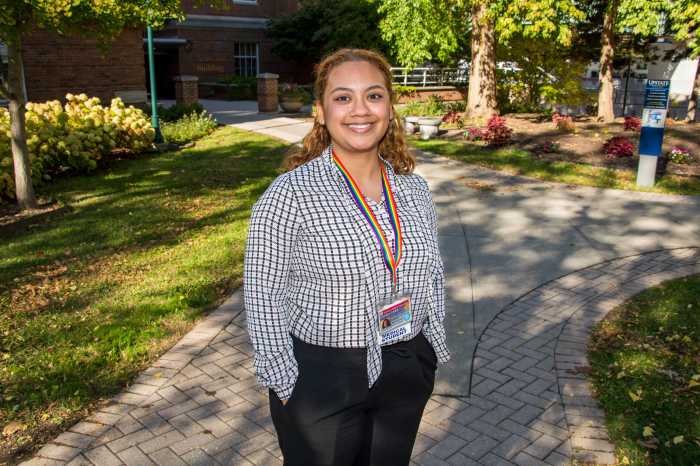The MTA is expanding its automated camera enforcement program beyond those blocking bus lanes — bringing buses capable of issuing tickets to bear on scofflaw drivers slowing down New Yorkers’ commutes.
Automated Camera Enforcement (ACE) launches this week on 623 buses across 14 routes in the Bronx, Brooklyn, Manhattan, and Queens. By the end of the year, the MTA says the technology will be on 1,023 buses across 33 distinct routes.
The buses are equipped with technology that can automatically issue a ticket to vehicles illegally blocking their right of way — whether they’re blocking a bus lane, parked at a bus stop, or double parked on a bus route, including in a bike lane.
“Do not block our buses,” said Frank Annicaro, the MTA’s senior vice president for the bus division, at a Monday press conference on West 181st Street in Manhattan, one corridor where ACE will be equipped. “Stay out of our bus lanes, stay out of our bus stops, and don’t double park illegally.”
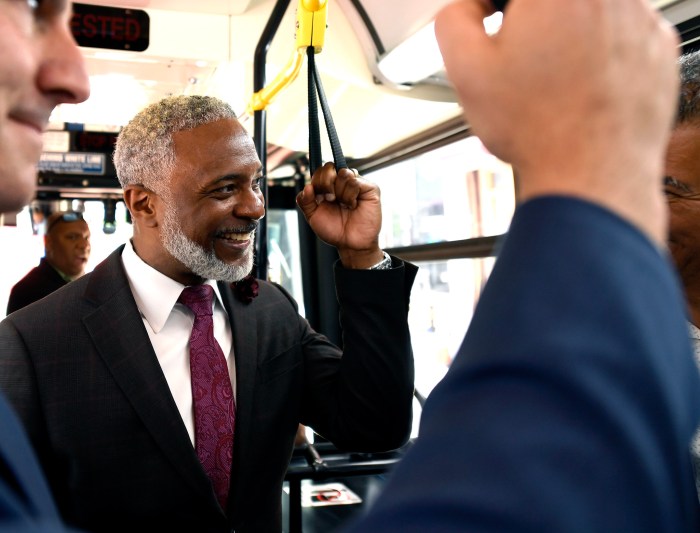
The program will start this week with a 60-day warning period to drivers, after which camera-equipped buses will be able to automatically issue tickets to violators that start at $50 for a first offense and escalate up to $250 for repeat offenders.
ACE is the successor program to Automated Bus Lane Enforcement (ABLE), which launched in 2019 and is now present on a slew of routes that travel in dedicated bus lanes. The MTA says bus speeds have improved an average of 5% on ABLE-equipped routes, while accidents drop 20% and emissions go down 5-10% as buses spend less time idling behind scofflaws.
“Our goal is not just about moving equipment, moving trains, moving buses. It’s really about moving people,” said Demetrius Crichlow, the new interim president of MTA New York City Transit. “And this is one of the avenues to doing it better than what we currently do.”
Changing behavior
On 181st Street in Washington Heights — a road used by five different routes transporting commuters between the Bronx and Manhattan — average bus speeds are up 40% since the MTA implemented ABLE last year and completed installing a dedicated busway, where automobile through-traffic is banned, the year prior, according to Annicaro.
The Bx36, which runs on between the George Washington Bridge and Castle Hill in the Bronx, will now be equipped with ACE.

What’s more, camera enforcement appears to change driver behavior, said city Transportation Commissioner Ydanis Rodriguez. About 9% of those who receive one ticket wind up getting a second one, while only 8% get three or more tickets.
“Automatic enforcement changes driver behavior. We have seen this with speed cameras. We have seen this with red light cameras,” said Rodriguez. “We also have seen it with bus lane cameras.”
Speeding up the commute is important for riders who rely on the nation’s slowest urban buses, which averaged just 8.1 miles per hour in April, the latest month for which data is available.
“ACE is about giving bus riders the respect we deserve,” said Danny Pearlstein, policy director at the Riders Alliance. “ACE is about giving 2 million bus riders back our time.”
ACE has been activated on the following bus lines:
- B44 SBS
- B46 SBS
- Bx12 SBS
- Bx19
- B62
- Bx41 SBS
- Bx36
- M14 SBS
- M15 SBS
- M23 SBS
- M34 SBS
- Q44 SBS
- Q54
- Q58
